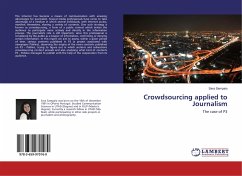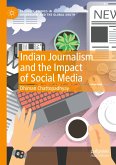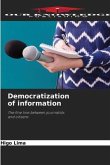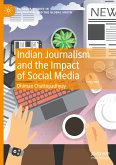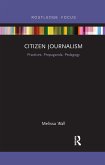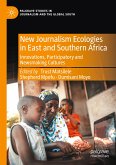The Internet has become a means of communication with amazing advantages for journalism. Several media professionals have come to take advantage of a medium in which several individuals, with Internet access, manifest themselves, sharing a variety of contents. One such strategy is known as crowdsourcing, a form of a public contest which invites the audience to participate more actively and directly in the information process. The journalist's role is still important, since this professional is considered by the public as a keeper of information, confirming or denying certain information. In this report we aim to assess, within a given period of time, various contents published in P3 (a project associated with newspaper Público), observing the origins of the news contents published on P3 - Público, trying to figure out in which sections and subsections crowdsourcing content prevails and also analyzing what kind of contents P3 - Público managed to publish with the help of the cooperation from its audience.
Hinweis: Dieser Artikel kann nur an eine deutsche Lieferadresse ausgeliefert werden.
Hinweis: Dieser Artikel kann nur an eine deutsche Lieferadresse ausgeliefert werden.

